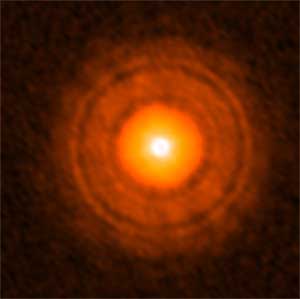 Astronomers found signs of a growing planet around TW Hydra, a nearby young star. Based on the distance from the central star and the distribution of tiny dust grains, the baby planet is thought to be an icy giant, similar to Uranus and Neptune in our Solar System.
Astronomers found signs of a growing planet around TW Hydra, a nearby young star. Based on the distance from the central star and the distribution of tiny dust grains, the baby planet is thought to be an icy giant, similar to Uranus and Neptune in our Solar System.
Sep 21st, 2016
Read more
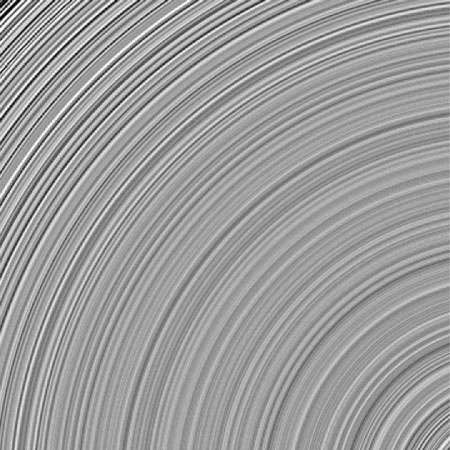 Almost imperceptible imperfections in camera sensor technology will not hold back the search for cosmic dark matter and dark energy.
Almost imperceptible imperfections in camera sensor technology will not hold back the search for cosmic dark matter and dark energy.
Sep 16th, 2016
Read more
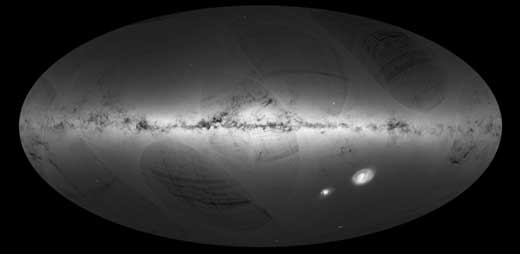 The first results from the Gaia satellite, which is completing an unprecedented census of more than one billion stars in the Milky Way, are being released today to astronomers and the public.
The first results from the Gaia satellite, which is completing an unprecedented census of more than one billion stars in the Milky Way, are being released today to astronomers and the public.
Sep 14th, 2016
Read more
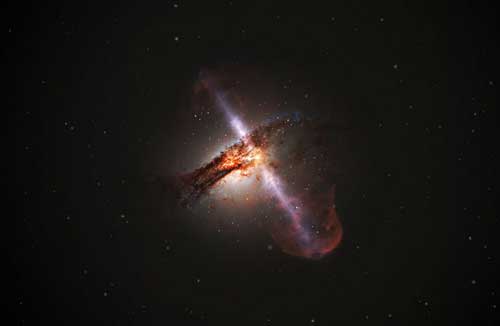 A recent article argues that X-ray radiation coming from fast spinning black holes encompasses quantum information.
A recent article argues that X-ray radiation coming from fast spinning black holes encompasses quantum information.
Sep 14th, 2016
Read more
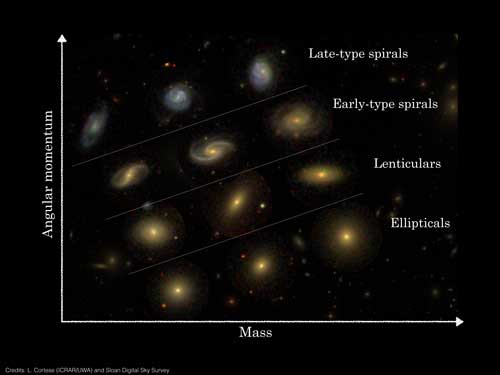 Scientists have taken a critical step towards understanding why different types of galaxies exist throughout the Universe.
Scientists have taken a critical step towards understanding why different types of galaxies exist throughout the Universe.
Sep 14th, 2016
Read more
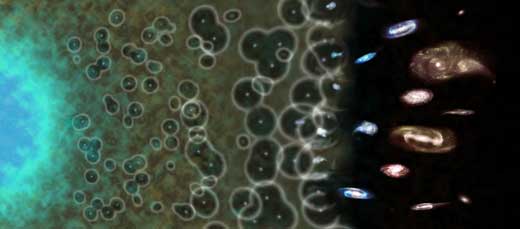 New research findings explain why the universe has enough energy to become transparent. The study marks the first quantitative study of how the gas content within galaxies scales with the amount of interstellar dust.
New research findings explain why the universe has enough energy to become transparent. The study marks the first quantitative study of how the gas content within galaxies scales with the amount of interstellar dust.
Sep 13th, 2016
Read more
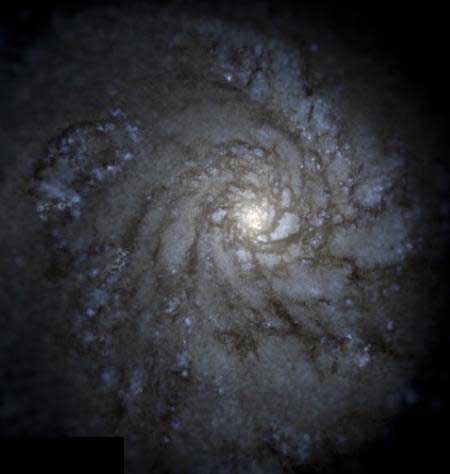 Astronomers have created the most detailed computer simulation to date of our Milky Way galaxy's formation, from its inception billions of years ago as a loose assemblage of matter to its present-day state as a massive, spiral disk of stars.
Astronomers have created the most detailed computer simulation to date of our Milky Way galaxy's formation, from its inception billions of years ago as a loose assemblage of matter to its present-day state as a massive, spiral disk of stars.
Sep 9th, 2016
Read more
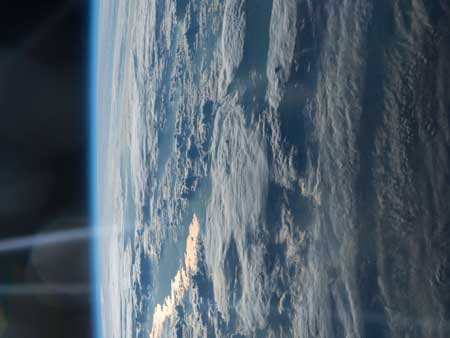 From November 12 to 15, the Technical University of Munich will host the 'European Space Elevator Challenge' for the third time, an international competition for developing space elevator prototypes. Seven teams from Germany, India and Japan will be competing with their concepts - in the hope of laying the foundation for a revolution in astronautics.
From November 12 to 15, the Technical University of Munich will host the 'European Space Elevator Challenge' for the third time, an international competition for developing space elevator prototypes. Seven teams from Germany, India and Japan will be competing with their concepts - in the hope of laying the foundation for a revolution in astronautics.
Sep 8th, 2016
Read more
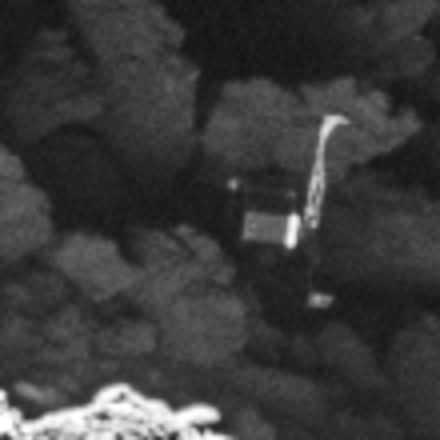 The comet lander Philae has been found. The OSIRIS camera on board the Rosetta orbiter took the revealing images of the surface of Comet 67P/Churyumov-Gerasimenko. They show the landing craft lying sideways in a crevasse.
The comet lander Philae has been found. The OSIRIS camera on board the Rosetta orbiter took the revealing images of the surface of Comet 67P/Churyumov-Gerasimenko. They show the landing craft lying sideways in a crevasse.
Sep 7th, 2016
Read more
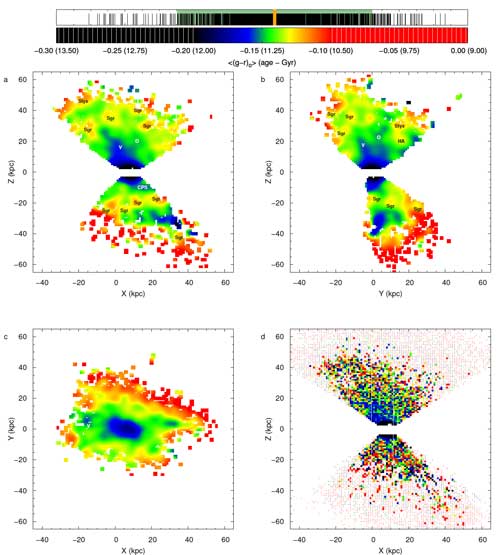 Using colors to identify the approximate ages of more than 130,000 stars in the Milky Way's halo, Notre Dame astronomers have produced the clearest picture yet of how the galaxy formed more than 13.5 billion years ago.
Using colors to identify the approximate ages of more than 130,000 stars in the Milky Way's halo, Notre Dame astronomers have produced the clearest picture yet of how the galaxy formed more than 13.5 billion years ago.
Sep 6th, 2016
Read more
 If two galaxies collide, the merging of their central black holes triggers gravitational waves, which ripple throughout space. An international research team has now calculated that this occurs around 10 million years after the two galaxies merge - much faster than previously assumed.
If two galaxies collide, the merging of their central black holes triggers gravitational waves, which ripple throughout space. An international research team has now calculated that this occurs around 10 million years after the two galaxies merge - much faster than previously assumed.
Sep 5th, 2016
Read more
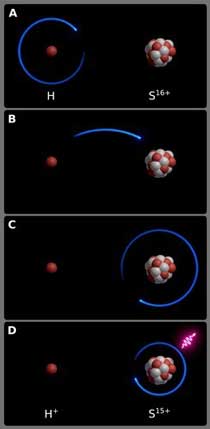 A mysterious X-ray signal most likely originates from sulfur ions which capture electrons.
A mysterious X-ray signal most likely originates from sulfur ions which capture electrons.
Sep 2nd, 2016
Read more
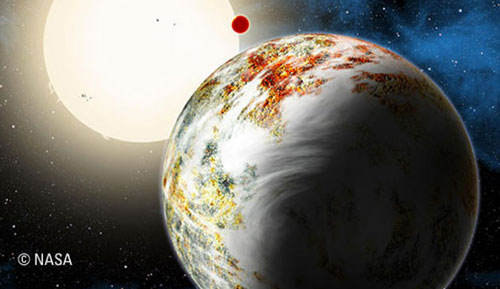 A new essay deals with the question if life can be brought to celestial bodies outside our solar system which are not permanently inhabitable?
A new essay deals with the question if life can be brought to celestial bodies outside our solar system which are not permanently inhabitable?
Aug 31st, 2016
Read more
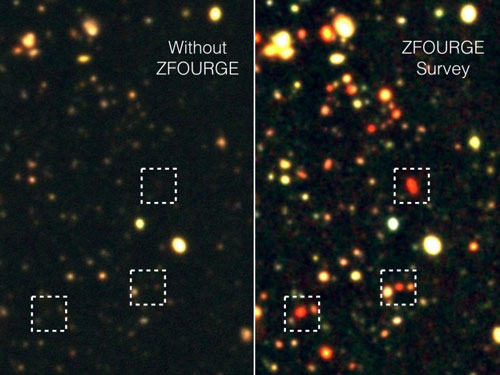 An international team of astronomers has charted the rise and fall of galaxies over 90 percent of cosmic history. Their work includes some of the most sensitive astronomical measurements made to date.
An international team of astronomers has charted the rise and fall of galaxies over 90 percent of cosmic history. Their work includes some of the most sensitive astronomical measurements made to date.
Aug 30th, 2016
Read more
 The solar system could be thrown into disaster when the sun dies if the mysterious 'Planet Nine' exists, according to new research.
The solar system could be thrown into disaster when the sun dies if the mysterious 'Planet Nine' exists, according to new research.
Aug 30th, 2016
Read more
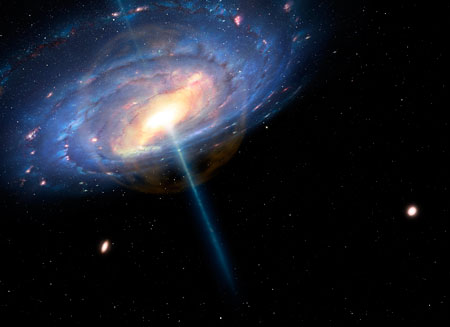 The center of the Milky Way galaxy is currently a quiet place where a supermassive black hole slumbers, only occasionally slurping small sips of hydrogen gas. But it wasn't always this way. A new study shows that 6 million years ago, when the first human ancestors known as hominins walked the Earth, our galaxy's core blazed forth furiously.
The center of the Milky Way galaxy is currently a quiet place where a supermassive black hole slumbers, only occasionally slurping small sips of hydrogen gas. But it wasn't always this way. A new study shows that 6 million years ago, when the first human ancestors known as hominins walked the Earth, our galaxy's core blazed forth furiously.
Aug 30th, 2016
Read more
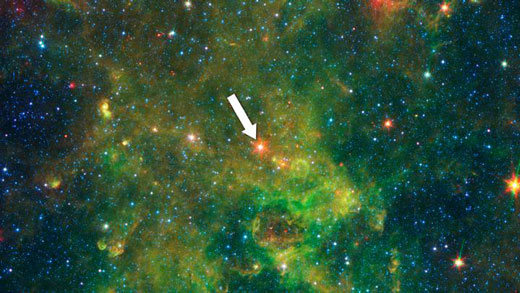 Located more than 12,000 light-years from Earth, the object first stood out as peculiar when it was observed at particular radio frequencies. Several teams of astronomers studied it using ground-based telescopes and concluded that it is an oxygen-rich star about 10 times as massive as the sun. The question was: What kind of star?
Located more than 12,000 light-years from Earth, the object first stood out as peculiar when it was observed at particular radio frequencies. Several teams of astronomers studied it using ground-based telescopes and concluded that it is an oxygen-rich star about 10 times as massive as the sun. The question was: What kind of star?
Aug 29th, 2016
Read more
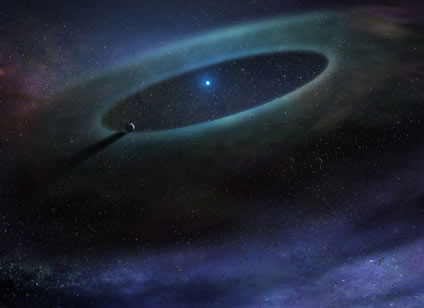 Astronomers using the Atacama Large Millimeter/submillimeter Array (ALMA) surveyed dozens of young stars and discovered that the larger variety have surprisingly rich reservoirs of carbon monoxide gas in their debris disks. In contrast, the lower-mass, Sun-like stars have debris disks that are virtually gas-free.
Astronomers using the Atacama Large Millimeter/submillimeter Array (ALMA) surveyed dozens of young stars and discovered that the larger variety have surprisingly rich reservoirs of carbon monoxide gas in their debris disks. In contrast, the lower-mass, Sun-like stars have debris disks that are virtually gas-free.
Aug 25th, 2016
Read more
 Astronomers found signs of a growing planet around TW Hydra, a nearby young star. Based on the distance from the central star and the distribution of tiny dust grains, the baby planet is thought to be an icy giant, similar to Uranus and Neptune in our Solar System.
Astronomers found signs of a growing planet around TW Hydra, a nearby young star. Based on the distance from the central star and the distribution of tiny dust grains, the baby planet is thought to be an icy giant, similar to Uranus and Neptune in our Solar System.
 Subscribe to our Space Exploration News feed
Subscribe to our Space Exploration News feed















